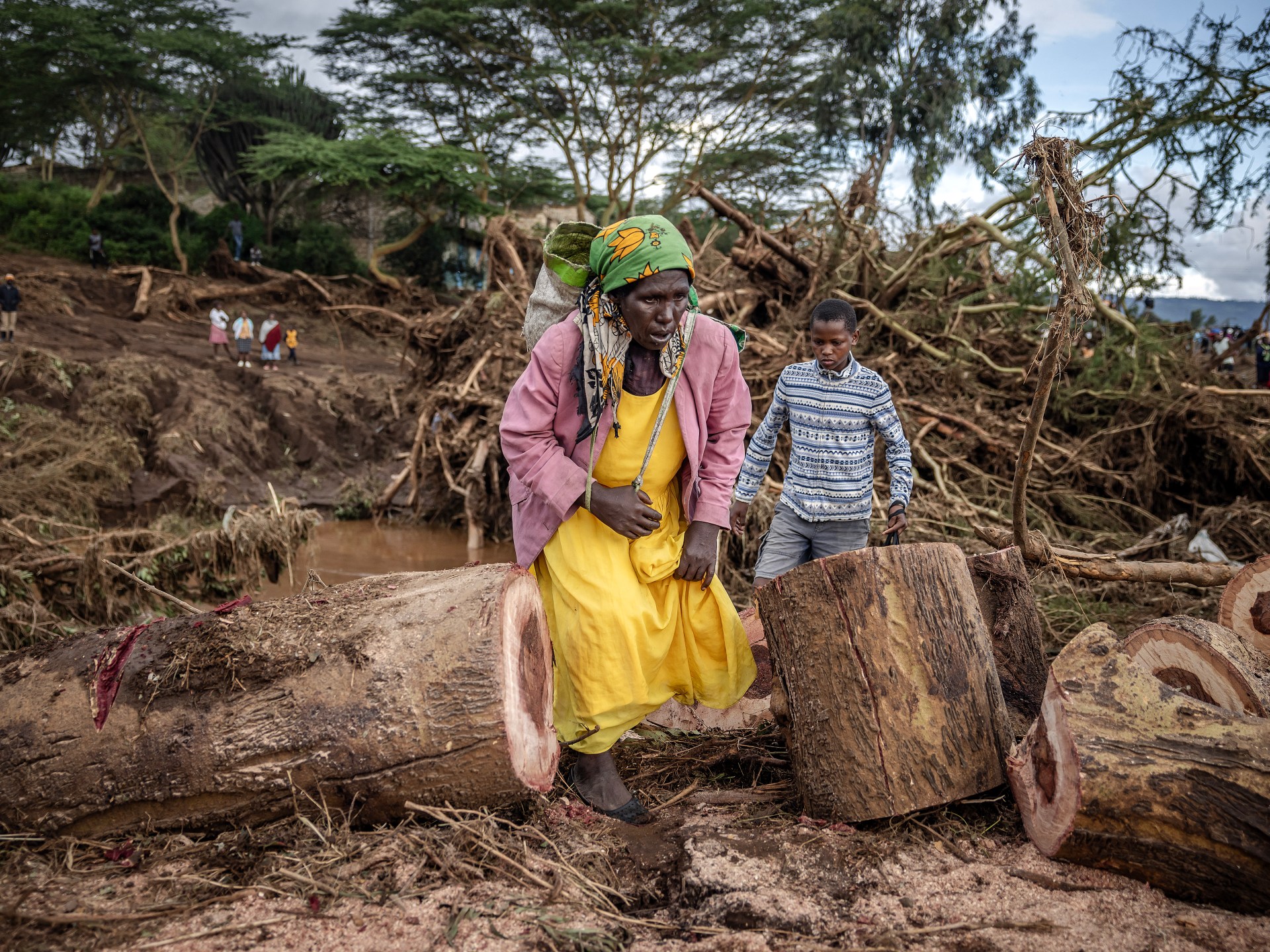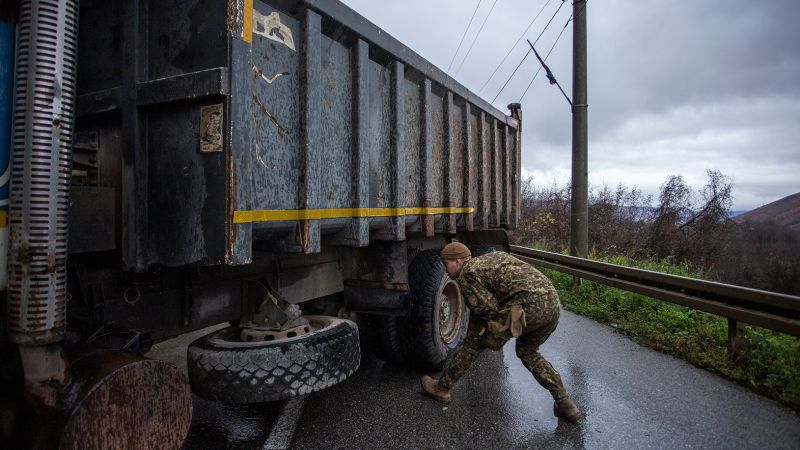Kenya, Tanzania brace for Cyclone Hidaya as flood death toll rises
Kenya and Tanzania have been bracing for a cyclone on the heels of torrential rains and floods that have devastated East Africa, killing nearly 400 people and forcing tens of thousands from their homes.
Cyclone Hidaya is inching closer to the eastern coast of Tanzania, with an expected landfall later on Friday, according to the latest weather forecast. It is also likely to bring more rain to neighbouring Kenya, including in the major coastal city of Mombasa, just north of the eye of the cyclone.
“Crucially, the coastal region is likely to experience Cyclone Hidaya, which will result in heavy rainfall, large waves and strong winds that could affect marine activities in the Indian Ocean,” the office of Kenyan President William Ruto said.
Floods in Kenya have already claimed at least 210 lives since March, according to updated tolls from the Ministry of Interior and National Administration on Friday. It said 125 people have been injured, 90 are missing, and 165,500 people are displaced.
Ahead of the expected cyclone, Ruto’s government also ordered mandatory evacuations for residents near 178 dams and water reservoirs in 33 counties, and the government warned citizens to remain on alert.
The rains have been amplified by the El Nino weather pattern – a naturally occurring climate phenomenon typically associated with increased heat worldwide, leading to drought in some parts of the world and heavy downpours elsewhere.
In Tanzania, at least 155 people have been killed in flooding and landslides in recent days. With the arrival of Hidaya, there are more fears of weather disruption.
“The presence of Hidaya Cyclone … is expected to dominate and affect the weather patterns in the country including heavy rain and strong winds in some regions near Indian Ocean,” the Tanzania Red Cross Society said on the social media platform X.
The heavier-than-usual rains have also killed at least 29 people in Burundi, with 175 people injured, and tens of thousands displaced since September last year, the United Nations said.
More heavy rains expected
Kenya’s capital Nairobi is among the areas expected to suffer heavy rains over the next three days, the Kenya Meteorological Department said on X, warning of strong winds and large ocean waves along the country’s coastline.
The forecaster urged residents to be vigilant for flash floods and lightning strikes, adding that strong winds could “blow off roofs, uproot trees” and cause other damage.
Earlier this week, Kenya’s Ruto announced he was deploying his country’s military to evacuate everyone living in flood-prone areas.
In a bulletin released on Thursday evening, the Interior Ministry ordered anyone living close to major rivers or near 178 “filled up or near filled up dams or water reservoirs” to vacate the area within 24 hours, warning that they would otherwise face “mandatory evacuation for their safety”.
The devastation has also affected Kenya’s tourism sector – a key economic driver – with some 100 tourists marooned in the famed Maasai Mara wildlife reserve on Wednesday after a river overflowed, flooding lodges and safari camps.
Rescuers later managed to evacuate 90 people by ground and air, the Interior Ministry said.
In the deadliest single incident in Kenya, dozens of villagers were killed when a dam burst on Monday near Mai Mahiu in the Rift Valley, about 60km (40 miles) north of Nairobi.
The Interior Ministry said 52 bodies had been recovered and 51 people were still missing after the dam disaster.
Al Jazeera’s Malcolm Webb, who is reporting from Kiambu County, said that residents in the area, which was also hit with heavy flooding, are asking “why the government has not done more” to prevent the disaster.
He reported that one company, which was contracted to fix a bridge and flood-control infrastructure in the area, ran away with the money without finishing the project.
Opposition politicians and lobby groups have also accused Ruto’s government of being unprepared and slow to respond to the crisis despite weather warnings.
On Thursday, Human Rights Watch said “Kenya’s government has a human rights obligation to prevent foreseeable harm from climate change and extreme weather events and to protect people when a disaster strikes”.




